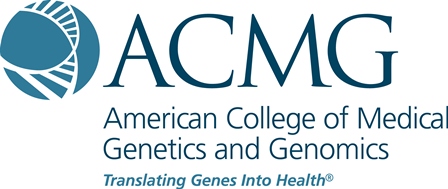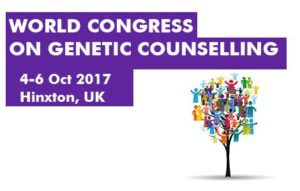| Abstract Number: (501)Case study: Next-generation phenotyping complementing next-generation sequencing |
| Topic: Clinical GeneticsPresenting Author: Himanshu Goel Co-Authors: Z. Yüksel, Centogene AG, Rostock, Germany; N. Fleischer, FDNA Inc., Boston, MA, USA Session Type: Poster Presentation only Description: Case description: The patient is a male child of non-consanguineous parents. He was born via an LSCS at 34 weeks of gestation with birth weight of 1420gm (<10thpercentile). His head circumference was 27cm (<10th percentile). He had brachycephaly, low set ears, prominent eyes, depressed nasal bridge, tapering fingers, bilateral clinodactyly, single palmar creases and asymmetric facial movements with decreased movements on left side of his face. He could not pass his initial hearing screening. He had normal genitalia and normal cardiac, chest and neurological examination. His MRI brain and array CGH were normal. At last examination at 2 years, his weight was 8.5kg cm (<-3.5SD), length was 74.5cm (<-4.2SD) and his head circumference was 46cm (-2SD) for his corrected age. He had his first tooth erupted after 12 months. He has global delay but he has not lost any skills. His recent hearing assessment showed satisfactory hearing for normal development of speech. Methods: WES trio analysis (CentoXome® Platinum with 100-130x average coverage, > 95% target bp covered >20X and turnaround time of fewer than 15 days) revealed 112.774 variants performed on an Illumina Sequencer (library type). Variant filtration was conducted following different filtering steps and correlated with detected features (in HPO terms) and syndrome matches offered by Face2Gene LABS API as well as case description offered by the clinician. In a second analysis, all available sequences (including the captured intronic regions) for the suggested syndrome matches were analyzed for possible disease-causing variants. Results: No gene was found with variants of uncertain significance, likely pathogenic or pathogenic significance, and fulfilling the required zygosity criteria for the disease-associated inheritance pattern. At the time of sending this abstract, the deletion/duplication analysis for two candidate genes is being performed. If negative, the follow-up is planned in 1-2 years, to assess if increased knowledge on pathogenic genes, variant annotation, as well as more pronounced clinical and facial features in the patient, will allow a diagnosis. Furthermore, this follow-up is critical considering the ever-improving sequencing technologies as well as Face2Gene’s learning algorithm and increased ability to automatically recognize more syndromes over time. Conclusions With further training in facial analysis software, the potential to increase diagnostic yield in syndromic cases is clear, especially when clinical examination and variant selection are performed by various physicians/medical geneticists. The inclusion of a phenotypic analysis that is independent of the clinicians’ knowledge and experience in the description of syndrome-specific features is important in the process of variant filtration. Although no definite diagnosis was reached in this case, it is the authors’ belief that this form of next-generation phenotyping is an integral part of the diagnostic quest we embark on with each challenging case. |

FDNA and Face2Gene Featured at ESHG
A flock of researchers from around the globe shared their findings in dysmorphology and molecular genetics at this year’s ESHG as a part of FDNA’s corporate satellite talk and various scientific posters. Karin Weiss (Rambam Health Care Campus, Haifa, Israel) presented her further work on Sifrim Hitz Weiss Syndrome (SIHIWES), a recently described form […]


